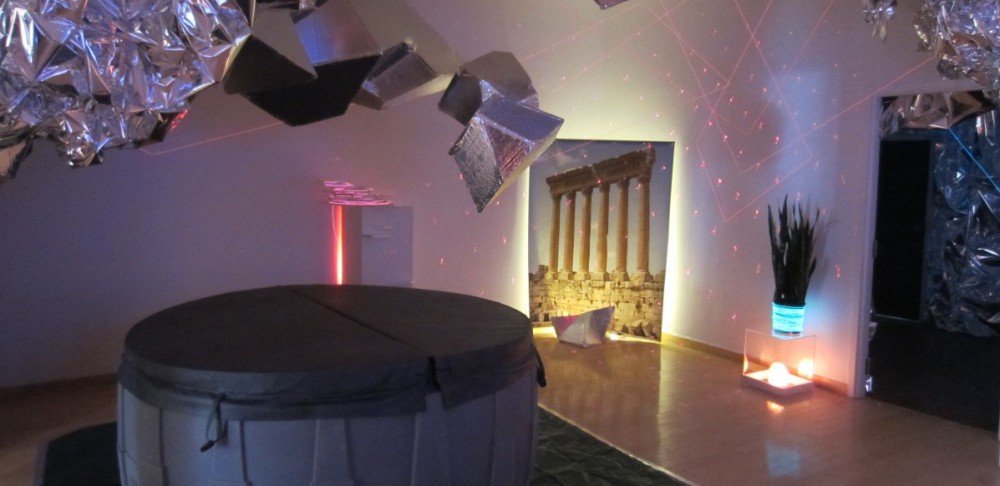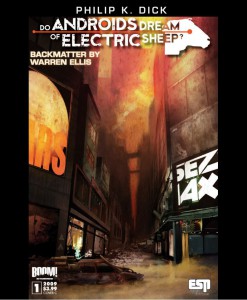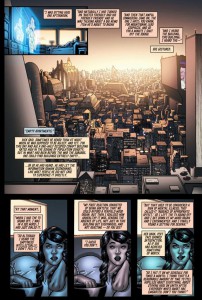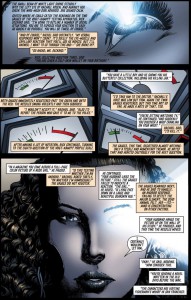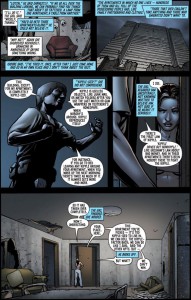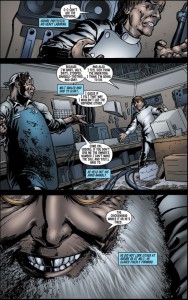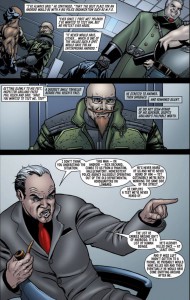This is a space to continue our class discussion of Blade Runner.
Here are the group discussion prompts from yesterday’s class, as starting points (though you can address anything you want in relation to the film here):
- Consider the novel and the film together. While you should certainly take stock of similarities and differences between them, this is only a first (brainstorming) step. Your discussion here should not only note key similarities and/or differences but also (and this is the crucial part!) discuss the significance of these similarities and/or differences. Putting two texts in dialogue with each other allows you to create a more nuanced argument about themes/conflicts/characters/symbols, etc.
- Consider the scene in J.F. Sebastian’s apartment, where the replicants encounter other automata (his “toys” and creations). In particular, consider the scene where Deckard uncovers Pris (before she attacks him).
- Consider the scene in which Roy encounters his various creators (first “Chew” with the eyes, then J.F., and then Tyrell).
- What’s up with the “unicorn” dream & origami figure at the end of it?
- Consider the theme of “eyes” in the movie.
- Consider the theme of memories in this movie.
—
Also, check out Eugene’s great class notes from 3/5, for more themes of what we discussed. Let’s engage with the notion of the “cyborg,” and also “prosthesis” (remember to check out the great scene, starting at minute 43, where Deckard enhances his vision to see into Leon’s photography through the use of the Esper machine).
Chris, I know, as our presenter/discussion facilitator, you had a list of themes/moments to discuss. Perhaps you can also leave them as a comment here (or make a separate post, which I can then link to from here), and we can address them as well?
[The Logistics]
Just a reminder that you should make your at least one comment (just hit “reply,” either to my original post or to another comment on it) by Sunday (3/8). Then go back/read through all comments and extend the conversation by making at least two more comments (of course, more are always welcome!) in response by Tuesday 3/10.
Your comment (reply) can be just a few sentences: provide the quote/citation and a quick explanation of how/why it functions in the context of some larger issue/question (or you can raise questions, complicate issues, extend discussions, analyze a character, or setting, etc. &/or discuss central conflicts/values/themes through the use of your evidence/analysis). Feel free to post multiple comments, and also to respond to others. If you’ve already discussed some of these instances in your previous blogs or in class, you should feel free to draw on that material.The goal is to have some good virtual discussions here to help you think critically about important themes/questions raised by this complex novel, and to find/analyze/synthesize various pieces of evidence in support of claim.
The goal in all cases is to provide specific examples from the film (quotes/scene + citation – use the minute:second format) with discussion/analysis and some connection to a larger claim/argument. You must cite currently in MLA format (in-text citation).
